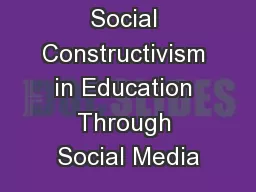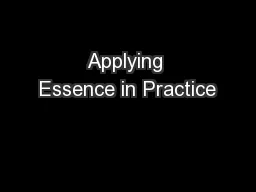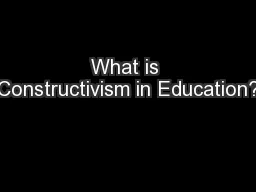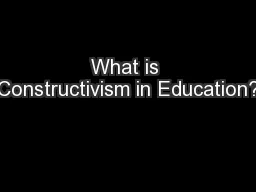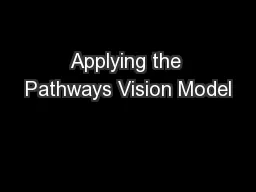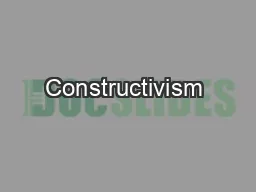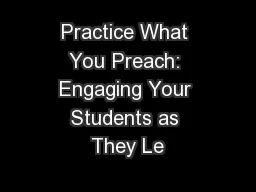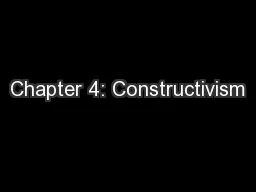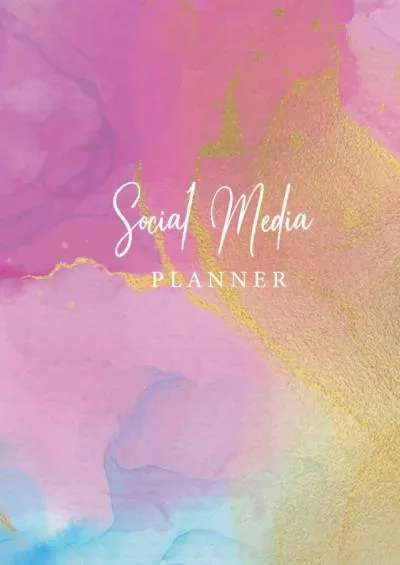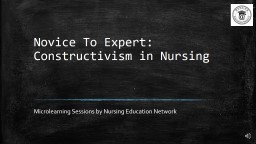PPT-Applying Social Constructivism in Education Through Social Media
Author : liane-varnes | Published Date : 2018-12-16
Friending Vygotsky A Social Constructivist Pedagogy of Knowledge Building Through Classroom Social Media Use Kalen M A Churcher Edward Downs and Doug Tewksbury
Presentation Embed Code
Download Presentation
Download Presentation The PPT/PDF document "Applying Social Constructivism in Educat..." is the property of its rightful owner. Permission is granted to download and print the materials on this website for personal, non-commercial use only, and to display it on your personal computer provided you do not modify the materials and that you retain all copyright notices contained in the materials. By downloading content from our website, you accept the terms of this agreement.
Applying Social Constructivism in Education Through Social Media: Transcript
Download Rules Of Document
"Applying Social Constructivism in Education Through Social Media"The content belongs to its owner. You may download and print it for personal use, without modification, and keep all copyright notices. By downloading, you agree to these terms.
Related Documents

